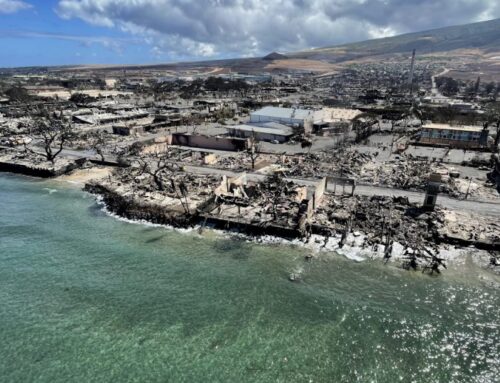The exterior of an association property or neighborhood gives people their first impression. Pleasing, well-maintained grounds and common areas are a sign that a property is probably well taken care of overall. With the increasing popularity of an internet “drive by,” curb appeal has become even more important making people want to “stop” and browse a property’s amenities, and imagine themselves living there.
Paying attention to the exterior of a property is one of the most important roles of the board of directors of an HOA. It tells interested buyers that the property owners take pride in their building and that it is well-maintained. All this adds value to the property and benefits everyone. Deferring maintenance or not addressing issues in common areas is not a wise path.
Avoid deferred maintenance
When a board doesn’t accept or budget for expenses to keep up with maintenance issues, this can cause a significantly negative impact on owners in the long run. Even though deferring maintenance helps curb expenses during lean financial times, it should not be used as a long-term solution. Maintenance put off for too long ends up costing more, which will likely be passed on to homeowners.
Maintain shared areas
The AOAO’s responsibility to maintain, repair, and inspect public areas is explained in its governing documents, such as the Declaration of Condominium Property Regime or Bylaws. Hawaii statutes also mandate that maintenance be completed.
Hawaii does not have any laws regarding how often inspections must occur. However, HI Rev. Stat § 514B144 provides guidance on this board responsibility. HI Rev. Stat § 514B-144(a) states that an annual reserve study must occur. To properly complete a reserve study, inspections must have occurred so that a maintenance schedule of the property can be determined.
When regular and proper inspections have not been completed of roofs, decks, balconies, framing etc., liability can arise. Had the problem been discovered years earlier, the scope and costs of the repair could have been less expensive. In some cases, if the issue had been detected within 10 years after the original construction, the option to force the builder to perform or fund the repairs could have been addressed. It is best to not defer any inspections or needed repairs.
A property that looks tired, or run down will impact all property owners, mostly likely through higher assessments. Keeping to a good maintenance schedule not only helps the property appear more pleasing, it could be an association’s most cost effective solution in the long run.






